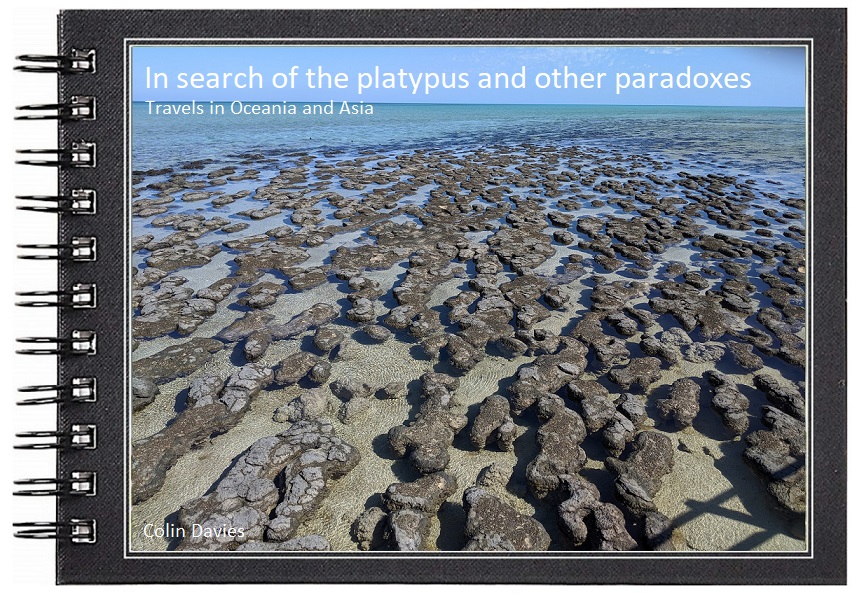Tuesday, 13 November 2018
Black-tailed native-hen
No doubting the bird of the day today. Any bird with the name black-tailed native-hen is going to get my vote! It's taken me three visits to Australia and three visits in the past seven days to the Western Treatment Plant to see one but eventually I managed it today, with not one, but four birds together, almost in a mini-leck. Black-tailed native-hens are obviously related to moorhens with a different bill colour, an erect tail and a crazy look in their eyes. Fabulous birds. Other highlights today, an immature white-bellied eagle and spotted and swamp harriers. To be honest though, it's not about any one species, it's about the spectacle.
The Western Treatment Plant is a huge site, around 12 miles (20km) from one end to the other and it's full of lakes of varying sizes and every lake is packed with birds. Goodness knows how many Australian shelducks or pink-eared ducks or hardheads or hoary-headed grebes or black swans or stilts or avocets or sharp-tailed sandpipers or whiskered terns there are, certainly hundreds and probably thousands of each. It really is reminiscent of Donana in Spain during the the rice harvest. And though it's smaller than Donana, it's just as remote, today I didn't meet a single other person all day. Not one person. It's just a staggering place.
Immature white-bellied eagle and Australian ravens.
A headless white-bellied eagle!
Spotted harrier, the only one I have seen at the site in three visits.
Spotted harrier
One of many swamp harriers across the site.
Hoary-headed grebes with coots and grey teal. The grebes are just everywhere, according to one of the information boards they can number up to 11,000 individuals and I can well believe it. The grey teal are probably even more numerous.
Red-headed avocets with a single banded stilt.
White-headed stilts (and a couple of sharp-tailed sandpipers in the foreground).
Australian shelduck.
More Australian shelduck.
Fairy martin collecting mud.
Pink-eared ducks.
This sharp-tailed sandpiper looks to have the remnants of breeding plumage on its breast.
One of the features of the masses of whiskered terns across the site in my three visits, is that they are all, without exception, breeding plumage adults. That is, until I saw this bird. At first I thought that this was just an adult in non-breeding plumage, maybe a sick individual, but actually if you look at the dark trailing edge to the wing in the next photo and also the dark speckles on the wing coverts in this photo, it appears to be an immature bird (but not a juvenile). This begs the question where is it from?
The species breeds in Australia and since we are now in the southern hemisphere spring, it's no surprise that most of the adults are in breeding plumage. However an immature bird which has advanced beyond the juvenile stage can surely only be a northern hemisphere bred bird at this time of year? In amongst the whiskered terns there is a smattering of non-breeding plumage white-winged black terns, and these are for sure migrants from the northern hemisphere. Perhaps this young whiskered tern just got caught up in a movement of white-winged black?
Subscribe to:
Post Comments (Atom)
-
Photo: Snowy albatross. "Wanderer at 6 o'clock!", the cry went up and sent shivers down my spine. This was the moment I ha...
-
I've been to Southern India twice now, but neither were birding holidays. The first was to meet the family of my son's...
-
Philips Island is a 90 minute drive south east of Melbourne. It's a proper island but you can drive onto it via a bridge. The day we ...





























No comments:
Post a Comment